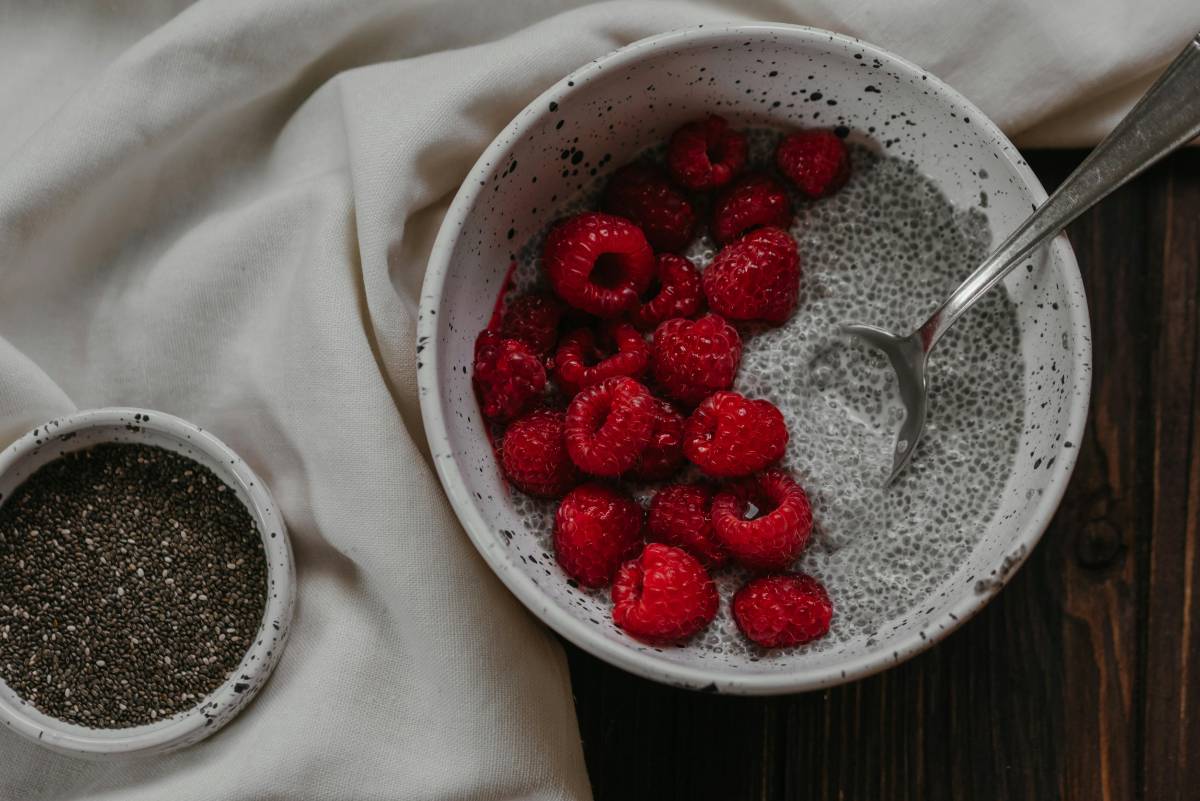How to Prevent Ingrown Hairs After Shaving

3 min read
|07 Dec 2025Ingrown hairs can be an uncomfortable and unsightly result of shaving. They occur when hair grows back into the skin rather than outward, leading to bumps, redness, and irritation. Preventing ingrown hairs requires a combination of proper shaving techniques, skincare practices, and post-shave care. In this article, we’ll explore effective strategies to minimize the risk of ingrown hairs and keep your skin smooth and irritation-free.
Pre-Shave Preparation
Proper preparation before shaving can significantly reduce the likelihood of ingrown hairs:
Exfoliate Your Skin: Exfoliating before shaving removes dead skin cells and helps free trapped hairs. Use a gentle scrub or exfoliating brush to smooth the skin and prevent hair from becoming trapped beneath the surface.
Hydrate Your Skin: Apply a warm, damp towel to your face or the area you plan to shave. This softens the hair and makes it easier to cut, reducing the chances of hairs curling back into the skin.
Choose the Right Shaving Products: Use a high-quality shaving cream or gel that provides lubrication and reduces friction. This helps the razor glide smoothly over your skin and minimizes irritation.
Shaving Techniques
Using the correct shaving techniques is crucial in preventing ingrown hairs:
Use a Sharp Razor: A dull razor can tug at the hair and cause it to break below the skin’s surface. Use a sharp, clean razor to ensure a smooth shave and avoid irritation.
Shave in the Direction of Hair Growth: Shaving against the grain may give a closer shave, but it increases the risk of hairs growing back into the skin. Shave in the direction of hair growth to reduce this risk.
Avoid Over-Shaving: Repeatedly going over the same area can irritate the skin and increase the likelihood of ingrown hairs. Try to avoid excessive shaving and only shave when necessary.
Post-Shave Care
Proper care after shaving helps soothe the skin and prevent ingrown hairs:
Rinse with Cold Water: After shaving, rinse your skin with cold water to close the pores and reduce irritation. This helps to calm the skin and prevent inflammation.
Apply a Soothing Aftershave: Use an alcohol-free aftershave or soothing moisturizer to hydrate and calm the skin. Look for products with ingredients like aloe vera or witch hazel, which can help reduce redness and irritation.
Moisturize Regularly: Keeping your skin hydrated is essential in preventing ingrown hairs. Apply a moisturizer daily to maintain skin elasticity and prevent hair from becoming trapped beneath the surface.
Exfoliate Regularly: Continue to exfoliate your skin regularly, even after shaving. This helps to prevent dead skin cells from accumulating and clogging hair follicles.
Handling Ingrown Hairs
If you do develop ingrown hairs, follow these tips to manage them effectively:
Avoid Picking or Squeezing: Refrain from picking or squeezing ingrown hairs, as this can lead to infection and worsen the condition. Instead, use gentle methods to treat them.
Use an Ingrown Hair Treatment: Apply over-the-counter treatments specifically designed for ingrown hairs. These products often contain ingredients like salicylic acid or glycolic acid, which help exfoliate and unclog hair follicles.
Consult a Dermatologist: If ingrown hairs become a persistent problem or cause significant discomfort, consult a dermatologist. They can provide professional advice and treatment options to address the issue.
Additional Tips
Consider these additional tips to further reduce the risk of ingrown hairs:
Avoid Tight Clothing: Wearing tight clothing can cause friction and irritation, increasing the risk of ingrown hairs. Opt for loose-fitting clothing, especially after shaving.
Keep Your Razor Clean: Regularly clean your razor to prevent the buildup of bacteria and dead skin cells. This ensures a more hygienic shave and reduces the risk of irritation.
Maintain a Healthy Skin Routine: Adopting a consistent skincare routine that includes cleansing, exfoliating, and moisturizing helps keep your skin in good condition and reduces the likelihood of ingrown hairs.
Conclusion
Preventing ingrown hairs after shaving involves a combination of preparation, proper shaving techniques, and post-shave care. By following these best practices, you can minimize the risk of ingrown hairs and maintain smooth, irritation-free skin. Remember to exfoliate regularly, use the right products, and handle any ingrown hairs with care to ensure your skin remains healthy and comfortable.
MORE ARTICLES

3 min read | 17 Dec 2025
How to Stay Motivated During Your Weight Loss Journey
Staying motivated throughout your weight loss journey can be challenging, but it's essential for achieving long-term success. Maintaining motivation helps you stay on track with your goals and make healthy choices consistently. Here are some effective strategies to help you stay motivated and committed to your weight loss journey.

4 min read | 16 Dec 2025
The Impact of Sleep on Weight Loss and How to Improve It
Sleep plays a crucial role in weight management and overall health. Quality sleep affects various physiological processes that impact weight loss, including metabolism, appetite regulation, and fat storage. Understanding the relationship between sleep and weight loss can help you make lifestyle changes to improve both your sleep and weight management efforts.

5 min read | 15 Dec 2025
Healthy Snack Options That Support Weight Loss
Snacking can be a part of a healthy weight loss plan if you choose the right options. Opting for nutritious snacks can help manage hunger, stabilize blood sugar levels, and support your weight loss goals. Here are some healthy snack options that can keep you satisfied while promoting weight loss.

5 min read | 14 Dec 2025
The Benefits of Intermittent Fasting for Weight Management
Intermittent fasting has gained popularity as an effective approach to weight management and overall health. This dietary strategy involves alternating periods of eating and fasting, which can offer several benefits for weight control. Here’s an overview of how intermittent fasting can support your weight management goals.

4 min read | 13 Dec 2025
How to Incorporate More Vegetables into Your Diet for Weight Loss
Incorporating more vegetables into your diet is a great way to support weight loss and improve overall health. Vegetables are low in calories, high in nutrients, and provide essential fiber to keep you feeling full. Here’s how you can easily add more vegetables to your meals and make them a central part of your weight loss strategy.

3 min read | 12 Dec 2025
Top 10 Weight Loss Myths Debunked
Weight loss can be a complex journey, often surrounded by myths and misconceptions. Understanding the truth behind common weight loss myths can help you make informed decisions and avoid pitfalls. Here are ten prevalent weight loss myths debunked.
RECENT POSTS
1
Top Fiber-Rich Foods to Add to Your Diet
2 min read | 22 Oct 20252
The Benefits of Dietary Fiber for Digestive Health
5 min read | 21 Oct 20253
The Impact of Caffeine and Alcohol on Hydration
2 min read | 20 Oct 20254
How to Incorporate Hydrating Foods into Your Diet
4 min read | 19 Oct 20255
Hydration Tips for Active Lifestyles
4 min read | 18 Oct 20256
Best Hydrating Beverages Beyond Water
2 min read | 17 Oct 2025MORE POSTS

The Link Between Sleep and Weight Loss
5 min read | 09 Oct 2025
Outdoor vs. Indoor Workouts: Which is Better?
4 min read | 08 Oct 2025
How to Incorporate Walking into Your Daily Routine
2 min read | 07 Oct 2025
The Role of Rest and Recovery in Fitness
3 min read | 06 Oct 2025
How to Stay Motivated to Exercise Regularly
2 min read | 05 Oct 2025
